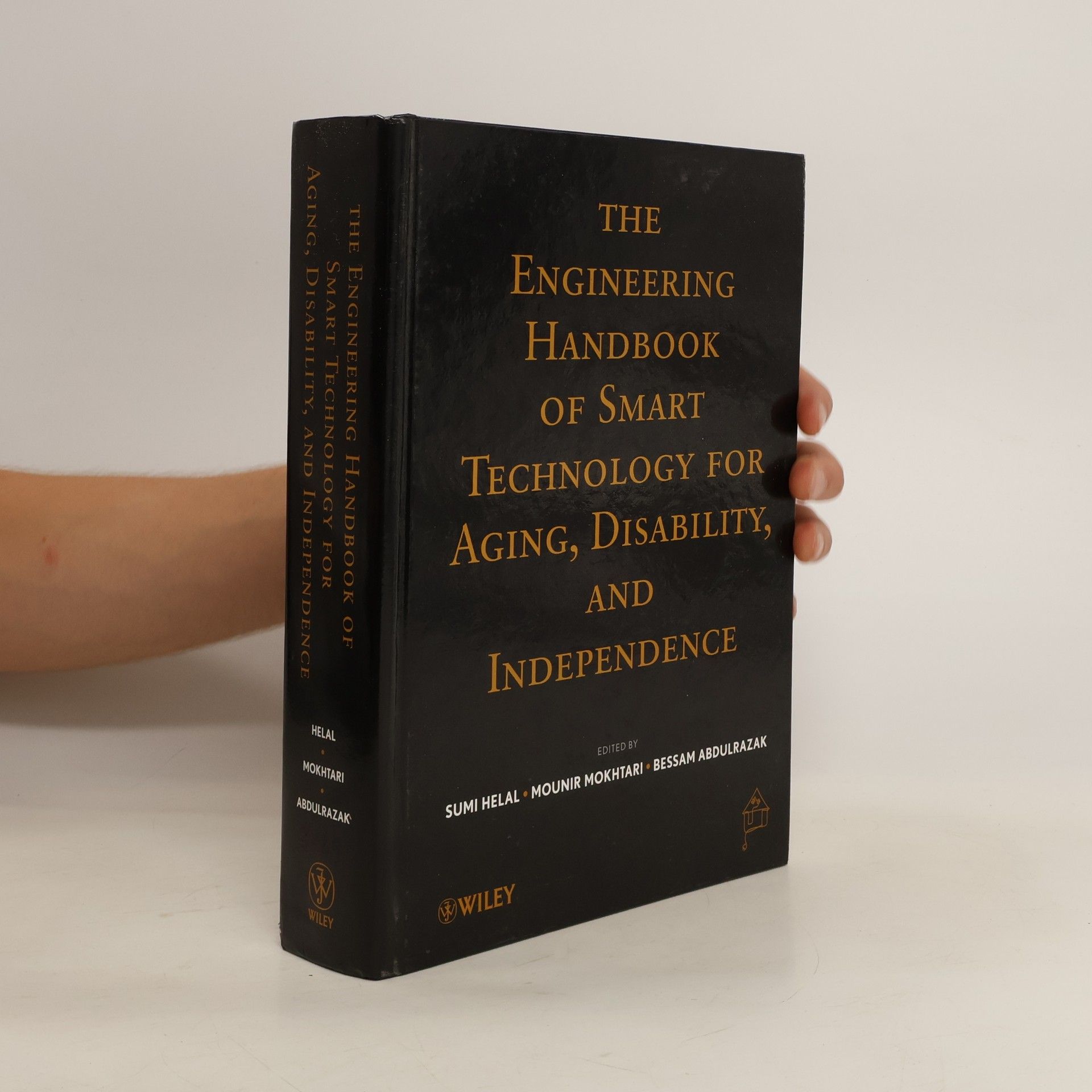An advanced look at smart technology to promote the independence of the elderly and disabled Ongoing research and advancements in technology are essential for the continuing independence of elderly and disabled persons. The Engineering Handbook of Smart Technology for Aging, Disability, and Independence provides a thorough analysis of these technologies and the needs of the elderly and disabled, including a breakdown of demographics, government spending, growth rate, and much more. Each chapter is written by an expert in his or her respective field, and gives readers unparalleled insight into the research and developments in a multitude of important areas, including: This book is an indispensable resource for researchers and professionals in computer science, rehabilitation science, and clinical engineering. It also serves as a valuable textbook for graduate students in the aforementioned fields.
Abdelsalam A. Helal Livres


We often envision older adults retiring to a life of leisure in idyllic settings, but the reality is quite different. Many retire in rural areas, far from essential healthcare facilities. For example, over half of Minnesota's older population resides in small towns, distanced from the main care centers in Minneapolis/St. Paul. This year, ICOST 2008 focused on this pressing issue and on gerontechnology—the application of technology to improve the quality of life for older adults in these rural regions. The technical program addressed critical topics such as remote monitoring and tele-care, access control and privacy, understanding user needs, autonomic learning about user behavior, user interface design, and smart home middleware. We received 54 submissions from 14 countries, resulting in the acceptance of 24 full papers, 9 abstracts, and 7 posters through a rigorous blind review process. Each submission typically underwent two or three reviews, with some receiving four. We extend our gratitude to all reviewers, including members of the Technical Committee and additional reviewers who assisted with the process.